An engineer's diary
- Sort condition
- Newest first
- Oldest first
- Large number of views
-
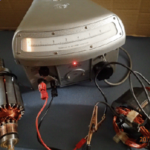
[No. 1] When is a fluxmeter not a fluxmeter?
A fluxmeter is an integrating voltmeter. It never measures flux directly. It measures flux-linkage, the integral of voltage with respect to time. It is true that flux can be estim…
-
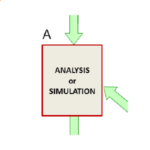
[No. 2] ABC of engineering calculations today
Most engineering calculations take the path of analysis or simulation, shown in Fig. 1, A. Analysis has been established for a long time; but simulation is more recent, especially…
-
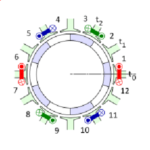
[No. 3] Görges diagram
The polygonal diagram of H. Görges (Das Görgessche Durchflutungspolygon) dates from 1907. Although it is highly developed in German literature, until recently it has been rare in …
-
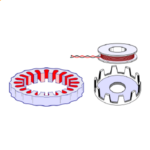
[No. 4] The Historic Claw-Pole Machine
My grandson is interested in mathematics and history. Maybe it is an unusual combination, but both these subjects are helpful in looking forwards as well as backwards. In engineer…
-
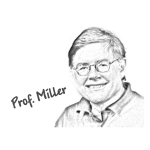
[No. 5] Formulas and Equations
What’s the difference between a formula and an equation? Take the examples,
-
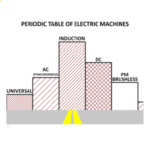
[No. 6] The Periodic Table of Electric Machines
When the archaeologists dig us up in 5,000 years’ time, they will find a large number of electric motors and generators. Who knows if they will understand what they find? They w…
-
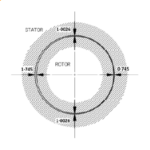
[No. 7] Peripheral, marginal, second-order, inexact . . . and IMPORTANT!
The finite-element method is very rarely exactly correct. Now surely that is an outrageous thing to say on the JMAG website! But what do we mean by exactly? The finite-element met…
-
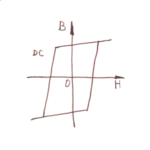
[No. 8] Hysteresis
At the JMAG Users’ Conference in Strasbourg last October, Hiroyuki Sano (JSOL) and Yves Thiolière (Powersys) gave a detailed class tutorial on the hysteron, a defined trapezoidal …
-
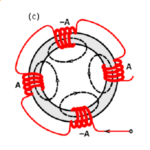
[No. 9] Can a magnetic circuit work without air ?
Recently the U.K. Magnetics Society sent a list of 10 questions for their magazine MagNews, in which the first question was “What is your favourite magnetic material?” In a hurry…
-
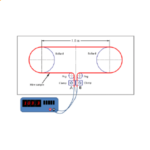
[No. 10] RW
All electric machines use wire — usually of copper, but sometimes of aluminium. The electrical resistance R determines the I2Rloss (Joule loss) in each winding when the RMS curre…
-
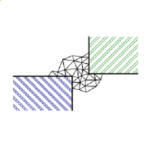
[No. 11] What is the finite-element method?
The idea in the finite-element method is to divide a difficult problem into a number of simpler problems which can be solved simultaneously; the solution to the difficult problem…
-
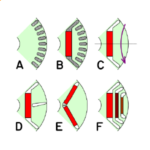
[No. 12] The IPM
The IPM or interior permanent-magnet motor started its history as a line-start motor in the 1950s. At that time Alnico magnets were the best available, but their low coercivity me…
-
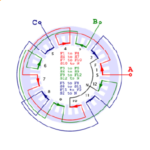
[No. 13] Winding diagram for an AC motor
Here we see a winding diagram for a 3-phase AC induction motor or brushless PM motor (IPM), having 4 poles and 36 slots. This winding could in fact be used with any AC machine, i…
-
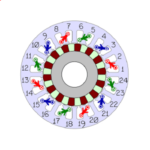
[No. 14] Synthesis of AC motor windings
How should we synthesize a suitable winding layout for an AC brushless PM motor? While the properties of existing windings can easily be analysed using a spreadsheet program, it …
-
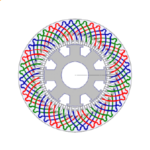
[No. 15] Reading a winding diagram
Winding diagrams come in many different formats. There is no universal standard, but several common conventions can be found in the winding diagrams used by different manufacturin…
-
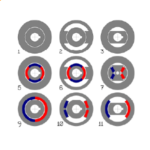
[No. 16] Four rules of saliency
We often hear the terms "salient-pole" or "non-salient-pole" in relation to electric machines."Saliency" is the idea of "projecting beyond the general outline", and it refers to t…


